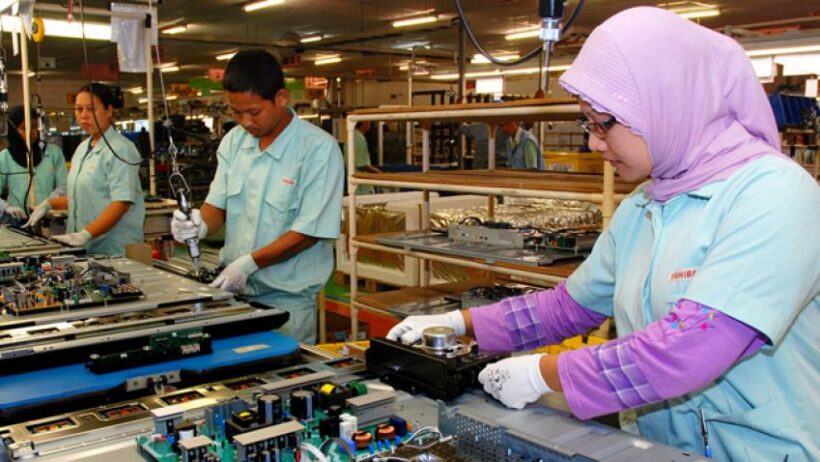GENEVA – Unemployment will fall slightly this year. Still, inequality in access to work remains a problem worldwide, affecting women in low-income countries the most, an International Labour Organisation (ILO) report said Wednesday.
By IPS correspondent
The report “highlights critical employment challenges that we have yet to address. Despite our efforts to reduce global inequalities, the labor market remains an uneven playing field, especially for women,” said ILO Director-General Gilbert Houngbo.
According to the updated World Employment and Social Outlook, the global unemployment rate will be 4.9 percent in 2024, down from five percent in 2023, but lower than the previous projection of 5.2 percent, which the ILO based on a more optimistic estimate of global economic growth.
Unemployment reached 6.5 percent in 2020, after the outbreak of the COVID-19 pandemic. The report now expects the downward trend to stabilize in 2025, with an unemployment rate of 4.9 percent, due to a continued lack of job opportunities.
It is lowest in Asia and the Pacific (4.2%) and the Americas (5.3%), and highest in the Arab countries (10.3%), Africa (6.3%), and Europe and Central Asia (5.6%).
In absolute terms, 183 million people worldwide are unemployed, but the “jobs gap”, which the ILO uses to measure the number of people who do not have a job but want to work, will reach 402 million by 2024.
The detailed figures in the report show that women are disproportionately affected by the lack of opportunities, especially in low-income countries.
In these countries, women’s lack of access to employment “stands at a staggering 22.8 per cent”, the ILO says, compared with 15.3 per cent for men.
This contrasts with high-income countries, where the rate is 9.7% for women and 7.3% for men.
These differences are only the “tip of the iceberg”, as the number of women who are completely out of the labor market is significantly higher than that of men.
Family responsibilities can explain much of the observed difference in employment rates between women and men. Globally, 45.6% of women of working age will be employed in 2024, compared with 69.2% of men.
Even when women are employed, they tend to earn much less than men, especially in low-income countries. While women earn 73 cents for every dollar earned by men in high-income countries, this figure drops to 44 cents in low-income countries.
More broadly, despite the adoption of the 2030 Agenda for Sustainable Development (SDGs) in 2015, progress in reducing poverty and informality has slowed compared to the previous decade.
The number of workers in informal employment is expected to increase from around 1.7 billion in 2005 to 2 billion in 2024.
SDG8, Decent Work and Economic Growth aims to achieve full and productive employment, decent work for all women and men, including youth and persons with disabilities, and equal pay for work of equal value by 2030.
To achieve the SDGs, a “comprehensive approach” to reducing poverty and inequality is urgently needed, the ILO report stresses.
“To achieve a sustainable recovery whose benefits are shared by all, we must work towards inclusive policies that take into account the needs of all workers,” said Houngbo.
“We must put inclusion and social justice at the heart of our policies and institutions. Otherwise, we will not achieve our goal of ensuring strong and inclusive development,” he said.
A-E/HM






